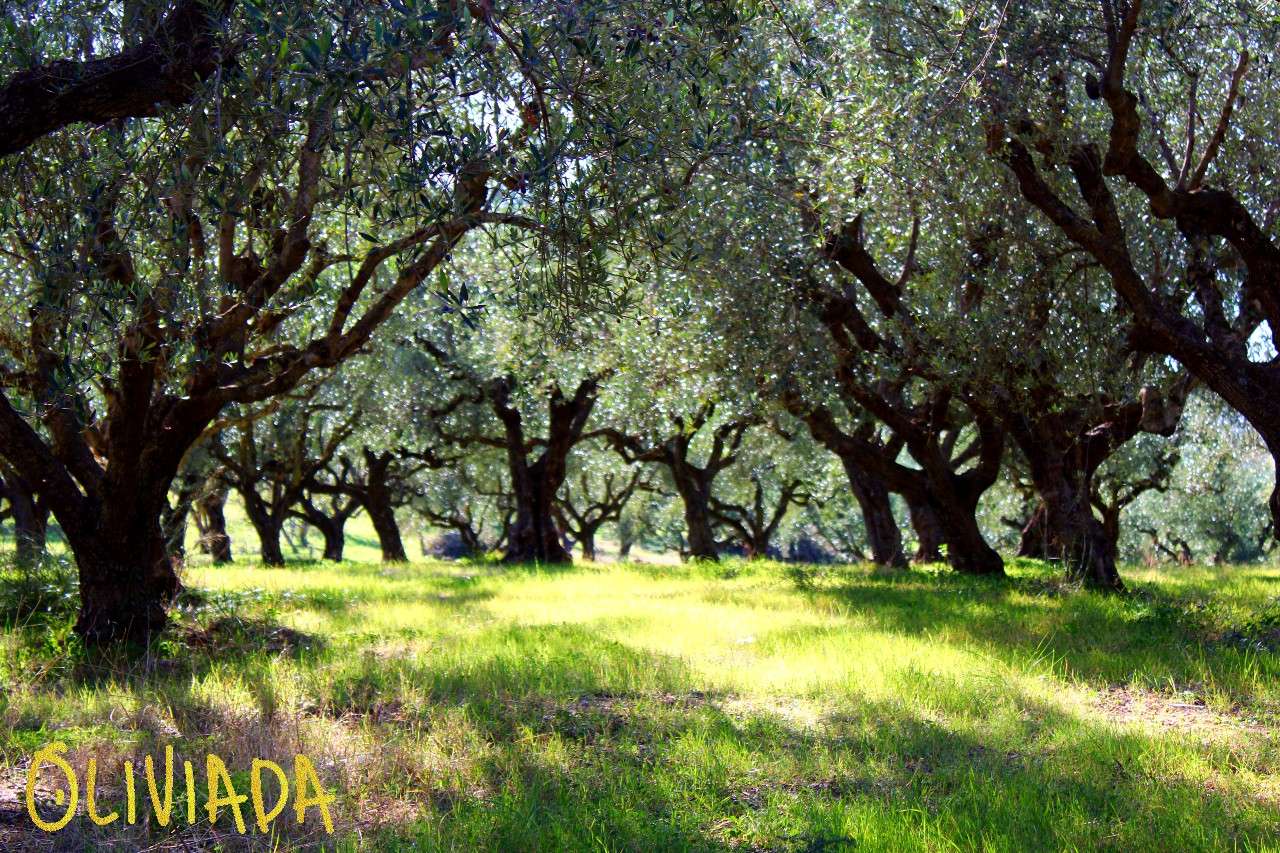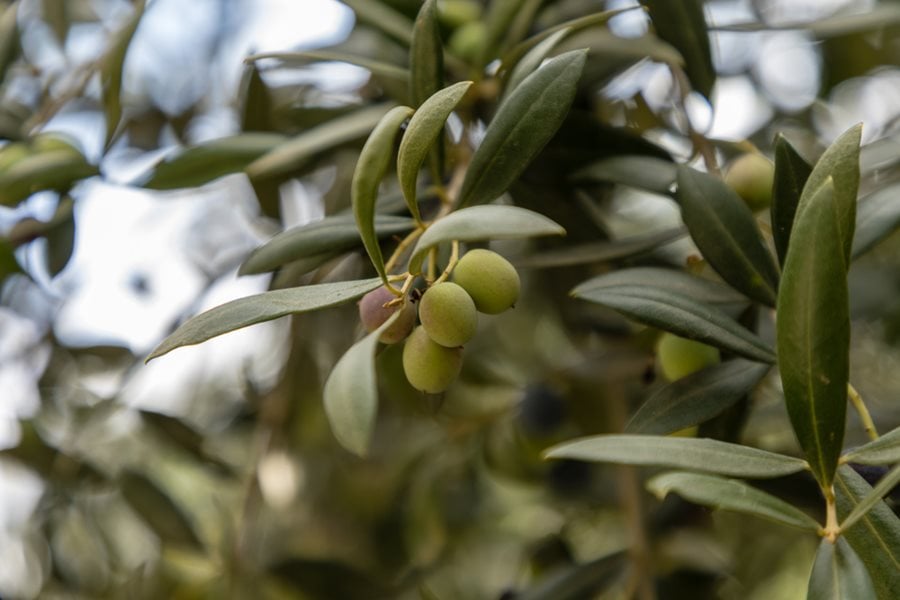Understanding the Olive Tree’s Habitat
The olive tree, a symbol of peace and prosperity, has been cultivated for thousands of years. Native to the Mediterranean region, olive trees thrive in warm, temperate climates with mild winters and hot, dry summers. The ideal climate for olive tree growth is characterized by low humidity, moderate temperatures, and well-drained soil. In their natural habitat, olive trees can be found growing in rocky, limestone-rich soils, often in areas with a slight elevation. This unique combination of climate and soil conditions allows olive trees to flourish, producing the delicious fruit that has become an integral part of many cuisines around the world. So, what do olives grow on? Olive trees, with their remarkable ability to adapt to their environment, make them a versatile and resilient crop. By understanding the olive tree’s habitat, we can better appreciate the conditions necessary for its growth and development. Olive trees can be found growing in various regions, including the Mediterranean, California, and Australia, where the climate and soil conditions are suitable for their growth.
The Role of Olive Groves in Olive Production
Olive groves play a crucial role in olive cultivation, as they provide the ideal environment for olive trees to thrive. An olive grove is a plantation of olive trees, typically grown in a specific pattern to maximize space and facilitate harvesting. The significance of olive groves lies in their ability to promote healthy growth, increase olive production, and simplify the harvesting process. One of the key benefits of olive groves is the opportunity for regular pruning, which helps to maintain the tree’s shape, promote fruiting, and reduce disease. Pruning also allows farmers to control the size and shape of the tree, making it easier to harvest the olives. Harvesting is typically done by hand, as it requires great care to avoid damaging the fruit or the tree. By understanding the role of olive groves in olive production, we can appreciate the effort and dedication that goes into producing high-quality olives. So, what do olives grow on? Olive trees, when cultivated in olive groves, are able to flourish and produce delicious fruit that is enjoyed around the world.
How to Identify an Olive Tree: Characteristics and Features
Identifying an olive tree can be a straightforward process if you know what to look for. Olive trees have several distinct characteristics that set them apart from other trees. One of the most notable features of an olive tree is its leaves, which are typically dark green, lance-shaped, and have a silvery underside. The leaves are also arranged oppositely on the stem, meaning that they grow in pairs on either side of the branch. The bark of an olive tree is another distinguishing feature, with a rough, grayish-brown texture that becomes increasingly gnarled with age. Of course, the most recognizable feature of an olive tree is its fruit – the olive. Olives are small, oval-shaped, and typically range in color from green to purple, depending on the variety. So, what do olives grow on? Olive trees, with their unique combination of leaves, bark, and fruit, are easily recognizable and have become an iconic symbol of the Mediterranean region. By understanding the physical characteristics of an olive tree, readers can identify these trees in their natural habitat or even in their own backyard.
The Life Cycle of an Olive Tree: From Planting to Harvest
The life cycle of an olive tree is a long and rewarding process that requires careful attention and regular maintenance. From planting to harvest, an olive tree goes through several stages of growth and development. The first stage begins with planting, where a young olive tree is nurtured in a controlled environment until it is strong enough to be transplanted to a permanent location. As the tree grows, it requires regular pruning to promote healthy growth and encourage fruiting. This is a critical stage, as it lays the foundation for the tree’s future productivity. After several years, the olive tree reaches maturity and begins to produce fruit. Harvesting typically occurs between October and December, depending on the variety and climate. So, what do olives grow on? Olive trees, of course With proper care and attention, an olive tree can thrive for centuries, producing delicious olives for generations to come. Regular maintenance is essential to ensure the tree remains healthy and productive, including tasks such as watering, fertilizing, and pest control. By understanding the life cycle of an olive tree, readers can appreciate the effort and dedication that goes into producing high-quality olives.
The Art of Olive Tree Pruning: Techniques and Best Practices
Pruning is a crucial aspect of olive tree care, as it promotes healthy growth, increases fruit production, and enhances the overall appearance of the tree. So, what do olives grow on? Olive trees that are well-pruned, of course The pruning process involves removing select branches and stems to allow air and light to penetrate the tree, reducing the risk of disease and encouraging fruiting. There are several pruning techniques to master, including thinning, heading, and renewal pruning. Thinning involves removing select branches to improve air circulation and reduce disease risk, while heading involves cutting back the tips of branches to control the tree’s size and shape. Renewal pruning, on the other hand, involves removing entire branches to rejuvenate the tree and promote new growth. Best practices for pruning olive trees include pruning during the dormant season, using clean and sharp tools, and making precise cuts to minimize damage to the tree. By mastering the art of olive tree pruning, growers can enjoy a bountiful harvest of delicious olives and maintain a healthy, thriving tree.
Olive Tree Care: Tips for Watering, Fertilizing, and Pest Control
Proper care is essential to ensure the health and productivity of olive trees. So, what do olives grow on? Olive trees that receive adequate care, of course Watering is a critical aspect of olive tree care, as it requires consistent moisture, especially during the first year after planting. However, overwatering can be detrimental, so it’s essential to monitor soil moisture levels. Fertilizing is also crucial, as olive trees require nutrients to promote healthy growth and fruit production. A balanced fertilizer applied during the growing season can provide the necessary nutrients. Pest control is another vital aspect of olive tree care, as pests and diseases can significantly impact yields. Regular monitoring for signs of pests and diseases, such as olive fruit fly, verticillium wilt, and root rot, can help prevent infestations and infections. Organic and integrated pest management techniques can be employed to minimize the use of chemical pesticides and maintain a healthy ecosystem. By following these tips, growers can ensure their olive trees receive the care they need to thrive and produce delicious olives.
The Benefits of Growing Your Own Olive Tree
Growing your own olive tree can be a rewarding experience, offering numerous benefits for the environment, your health, and your wallet. One of the most significant advantages is having access to fresh, delicious olives right in your backyard. Freshly harvested olives are a game-changer for cooking and entertaining, and they make a thoughtful gift for friends and family. Additionally, olive trees are natural air purifiers, improving air quality and contributing to a healthier environment. They also add aesthetic appeal to any landscape, providing a beautiful and unique focal point. Furthermore, growing your own olive tree can be a cost-effective way to enjoy olives, as you can harvest them at the peak of freshness and flavor. So, what do olives grow on? Olive trees that are carefully tended and nurtured, of course By growing your own olive tree, you can enjoy the many benefits of these incredible trees and experience the joy of harvesting your own delicious olives.
Conclusion: The Wonders of Olive Trees and Their Fruit
In conclusion, olive trees are incredible plants that have been cultivated for thousands of years, providing delicious olives and numerous benefits to the environment and human health. By understanding the ideal climate and soil conditions, the role of olive groves, and the physical characteristics of olive trees, growers can successfully cultivate these trees. Proper care, including pruning, watering, fertilizing, and pest control, is essential to promote healthy growth and maximize olive production. Growing your own olive tree can also provide access to fresh olives, improved air quality, and aesthetic appeal. So, what do olives grow on? Olive trees that are carefully tended and nurtured, of course By following the guidelines and tips outlined in this article, growers can unlock the secrets of olive tree growth and enjoy the many wonders of these incredible trees and their delicious fruit.




/Bl-on-Gr-GettyImages-911069336-5af4b822a9d4f900360ff6fc.jpg)



